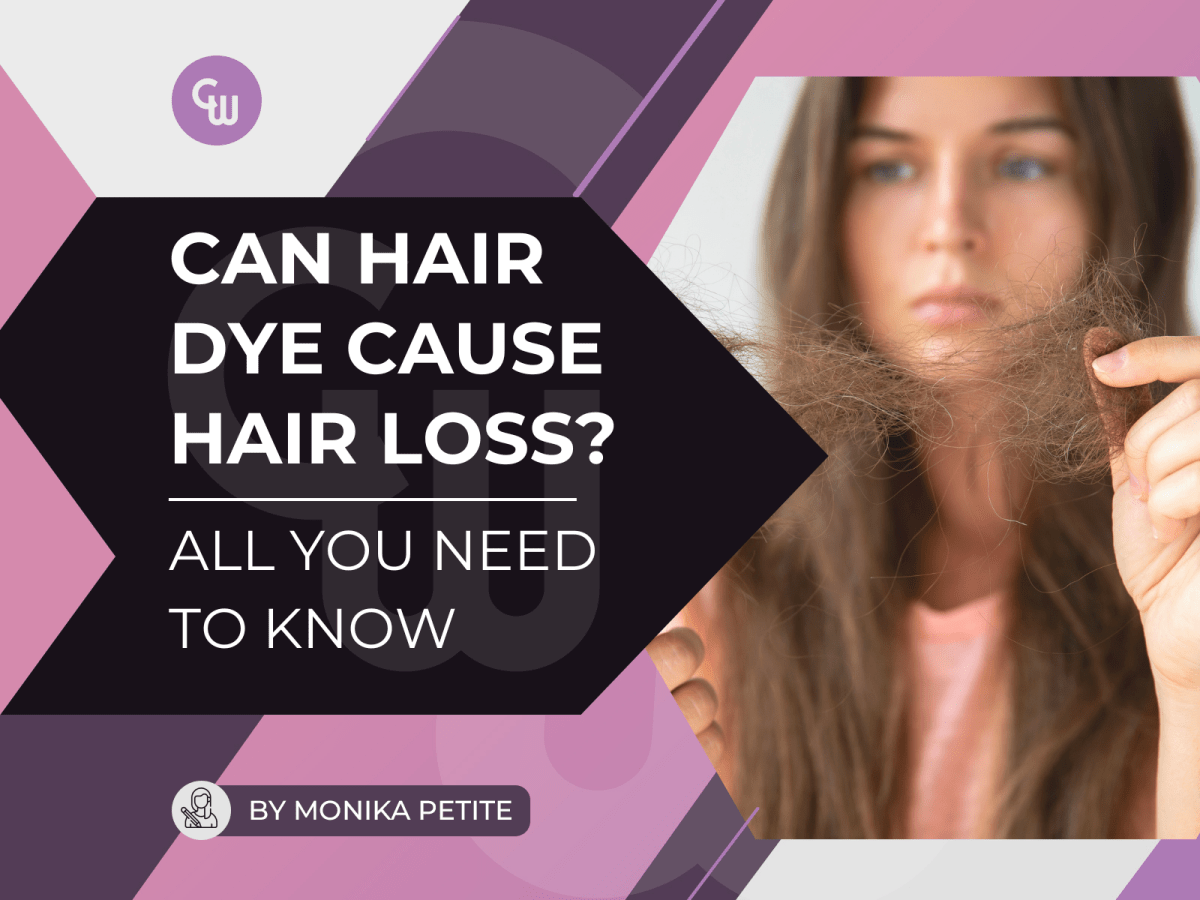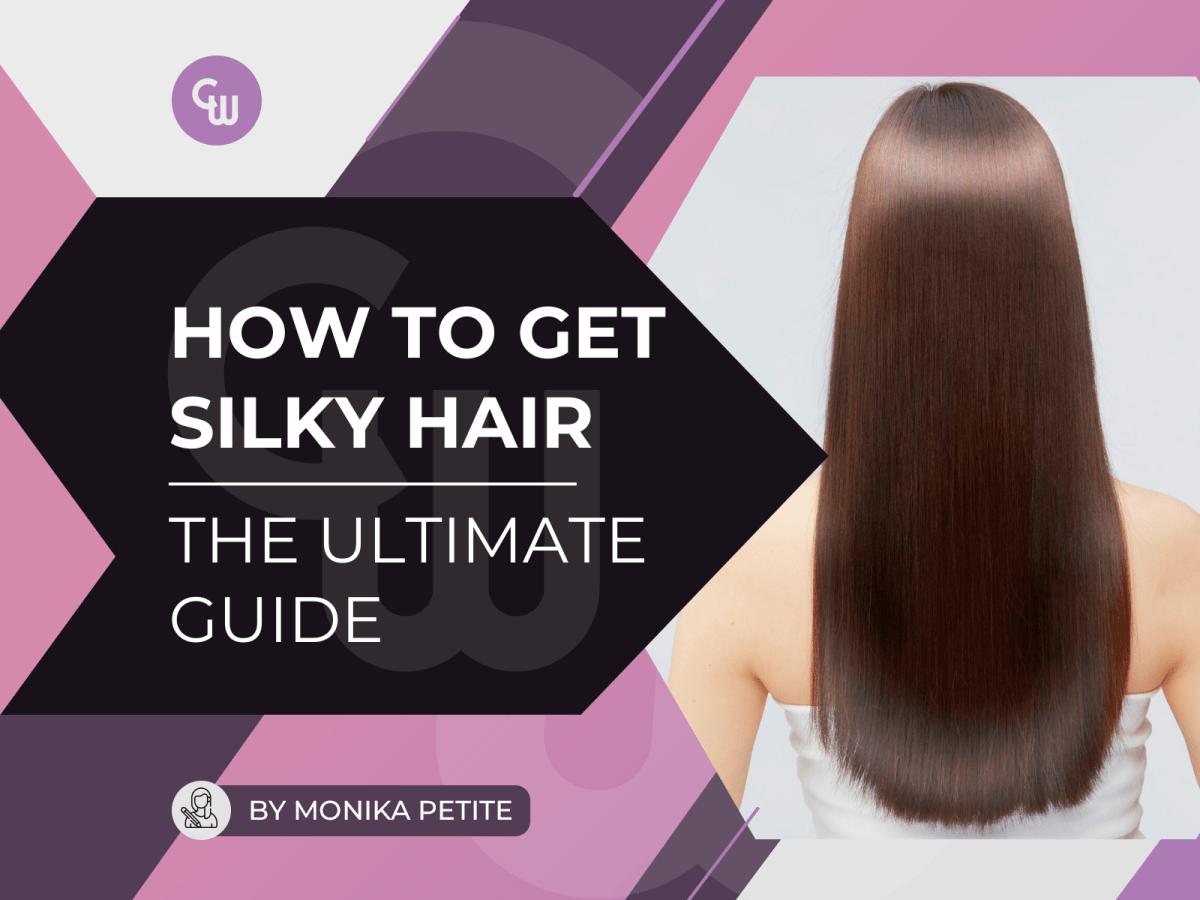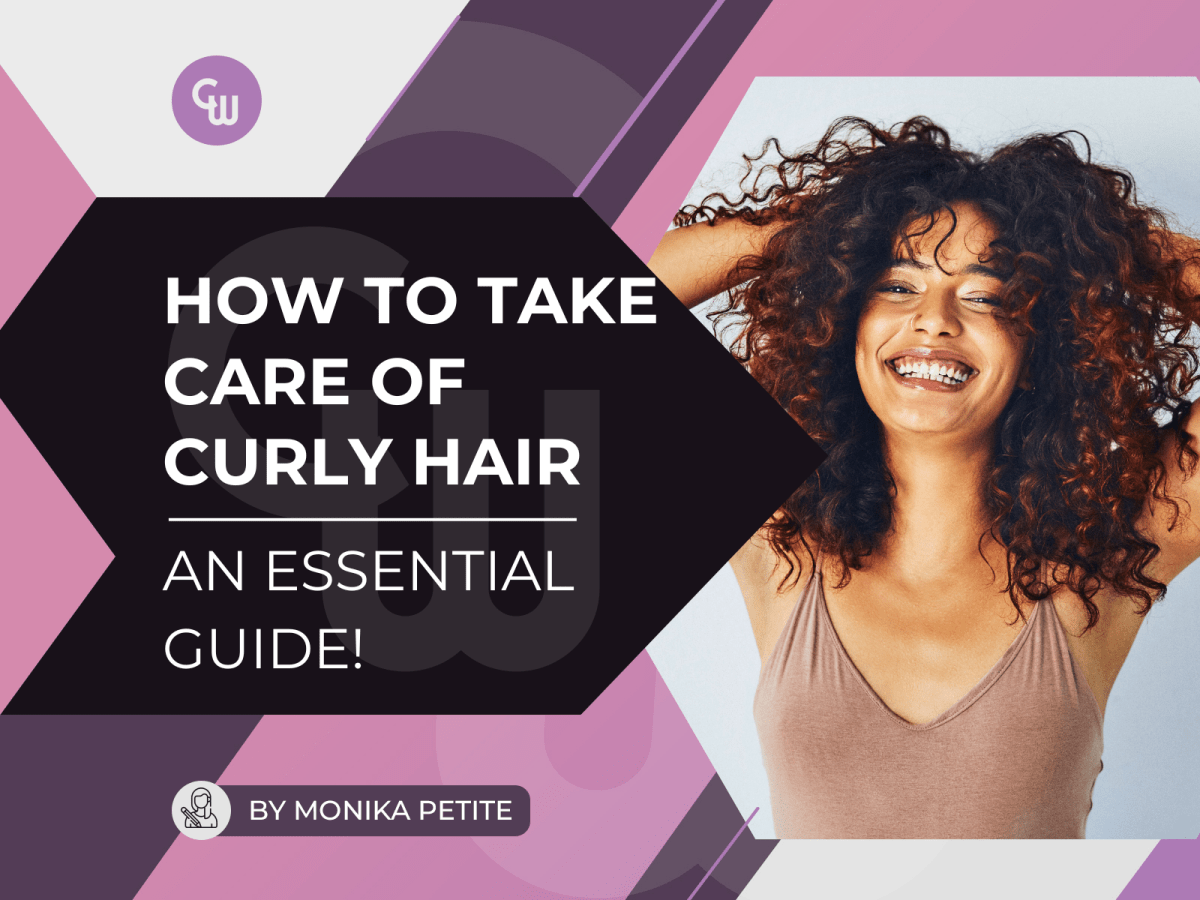Inside this Article
Types of Hair Dye & How They Affect Hair Health

Standing in the hair care aisle can be super overwhelming—there are like a million dye options! Permanent, semi-permanent, temporary, natural… It’s enough to make your head spin. So, what’s the deal with all these different dyes and how they cause hair loss? 💇♀️🎨
Permanent hair dyes are the classic go-to if you want bold, long-lasting color. But heads up—they usually pack some pretty strong chemicals like ammonia and hydrogen peroxide. Over time, these chemicals can seriously weaken your hair shaft, which may lead to hair breakage or even hair falling out. Still, tons of people swear by the lasting color you get with permanent hair color. ⚠️
Demi-permanent hair dyes are kind of the chill middle ground. They mix your natural hair color with another for a softer, more natural color that fades slowly. Perfect if you want a noticeable change without the chemical damage of permanent dyes. 🌿
Then there are temporary and semi-permanent dyes that just sit on the surface of your hair follicles instead of sinking in deep. They’re way gentler on your strands. I love these for trying out fun new shades without committing or stressing about damaged hair. 🎉
And don’t forget the natural options like henna or herbal dyes. People dig these because they’re super gentle on both hair and scalp, and they can even feel kinda nourishing. The catch? You gotta touch them up more often, and they don’t always cover greys as well as the chemical stuff. 🍃✨
Common Ingredients in Hair Dye and Their Effects

Hair dye might look simple in the box, but honestly, it’s a mix of a bunch of chemicals working together to change your hair color. Each ingredient has its own job—but some of them can be pretty rough on your hair and scalp. That’s why I think it’s super important to know what’s actually inside your hair dye. It helps you pick safer options and dodge some common problems. 🧴✨
A lot of dyes have strong stuff that can strip your hair’s natural oils, leaving hair brittle, dry, and easy to snap off. Sometimes, they can even mess with your scalp and cause irritation, which can make you lose hair. 😟
Let’s break down the big players you’ll find in most hair dyes: 🔍
Ammonia & Hydrogen Peroxide
These two are the heavy hitters in most permanent hair colors. Ammonia opens up the hair cuticle so the color can sink in, while peroxide breaks down your natural pigment to make way for the new shade. It works like a charm—but it also messes with your hair’s structure over time, making your strands weaker. If you’re worried about long-term damage, I’d say give ammonia-free dyes a shot. They’re way gentler on your scalp and hair, even if the color doesn’t stick around quite as long. Honestly, I think that trade-off is worth it if you want healthier hair. ✨
PPD (Paraphenylenediamine)
PPD is super common in permanent dyes because it gives you that bold, long-lasting color. But heads up—it’s also a major allergen ⚠️. For some folks, it can cause anything from a little itchiness and redness to full-on reactions—and yeah, even hair loss if it gets really bad. If your scalp ever feels weird after coloring, you might be allergic. Doing a quick patch test 🧪 before using anything with PPD can save you a lot of headaches.
Parabens
Parabens are preservatives that keep your hair products fresh longer, including dyes. While they do their job, they can irritate sensitive scalps and sometimes cause hair shedding. If your skin’s easily irritated, going paraben-free might be a smart move for keeping both your scalp and hair happy. 🌿🧴
How Often Should You Dye Your Hair?

Ever wonder if you’re dyeing your hair way too much? 🤔 Honestly, how often you color makes a huge difference for your hair’s health. Most pros say you should wait about six to eight weeks ⏳ between full dye jobs. Giving your hair that break helps it bounce back and stops all those harsh chemicals from breaking hair strands. 💪
If you’re hitting the salon too often—especially for permanent color loaded with ammonia and peroxide—it can seriously mess with your hair, making it thin, dry, and prone to breakage. Here’s a little hack: stick to root touch-ups instead of coloring your whole head all the time. Keeps your color fresh but saves your hair from extra damage. 💇♀️✨
Deep Conditioning is Your BFF
If there’s one thing you gotta do for colored hair, it’s regular deep conditioning treatments 💆♀️. They lock in moisture, fix up the hair shaft, and keep your dyed hair soft and shiny ✨. I’m all about leave-in conditioners and nourishing masks—they really make a difference.
And don’t slack on your everyday routine either. Hydrating shampoos and conditioners 🚿 are clutch after coloring—they help keep your hair from getting all brittle and weak so it can handle the next colour session like a champ 💪.
Preventing Hair Loss When Dyeing Hair

The good news? You can rock your fave hair colors without wrecking your hair—it’s all about making smart choices and having good habits. More and more folks are switching to non-toxic dyes and safer color options that skip the harsh stuff like ammonia and PPD. 🌿✨
Besides picking gentler dyes, it’s super important to space out your dye sessions ⏳ and treat your hair to regular conditioning so it stays strong and shiny. 💆♀️💖
Going for the Gentle Stuff
-
Ammonia-free dyes are way kinder to your strands compared to the usual permanent dyes. 🌿✨
-
Semi-permanent colors are cool too, since they fade slowly and don’t suck the moisture out of your hair as much. 🎨💧
-
If you wanna play it safe, get a pro to do it. Stylists know their stuff and can help minimize hair loss. 💇♀️👍
Don’t Skip the Patch Test
I know, it seems like a pain, but doing a quick patch test 🧪 before dyeing is a total lifesaver. Just dab a bit of dye on a hidden spot, wait 48 hours ⏳, and you’ll dodge any nasty allergic reactions or symptoms 🤕.
After-Dye TLC
What you do after dyeing matters just as much as the dye itself. Use gentle shampoos 🧴, avoid rough brushing and hot water 🚿🔥, and throw in some leave-in treatments 💧 to protect your hair. Regular conditioning helps lock in moisture 💦 and keeps hair breakage at bay ✂️.
Understanding Hair Growth Cycles

Knowing how hair grows can really help you figure out the difference between normal shedding and a real hair loss problem. Hair doesn’t just keep growing nonstop—it goes through four stages: anagen, catagen, telogen, and exogen. Getting the hang of these cycles makes it easier to keep tabs on your hair’s health, especially if you’re someone who dyes their hair regularly. 🌱💇♀️
Anagen (Growth) Phase
The anagen phase is when your hair is doing its thing and growing strong 💪. It can last anywhere from 2 to 8 years, so it’s a pretty big deal for keeping your hair thick and healthy. Taking good care of your new hair during this phase is key because this is when most of your strands are actively growing 🌱.
Telogen Effluvium
Sometimes life throws curveballs—stress levels, hormones, health stuff—and that can mess with your hair’s growth cycle. When too many hairs hit the telogen (resting) phase early, it’s called telogen effluvium. 🍃
Shedding 50 to 100 hairs a day is totally normal, but if you’re seeing way more than that or your hair feels thinner, it might be time to pay attention. 👀 Trust me, it’s worth checking in on your health and how you’re treating your hair. 💆♀️
Treatments for Hair Loss

If you’re dealing with hair loss, just remember that hair dye might be part of the problem—but it’s usually not the whole story. Other causes and even some medications can mess with your hair growth, too. So, it’s super important to look at everything before figuring out what to do next. 🧐
Topical Treatments
One popular go-to is minoxidil—it’s a topical treatment that helps kickstart hair regrowth. You can find it in 2% and 5% strengths, and a lot of folks dealing with thinning hair swear by it. It takes a bit to see results, but if you stick with it, it can really help. ⏳✨
Professional Help
If your hair loss is sticking around or getting worse, I’d say it’s time to hit up a dermatologist. They can help figure out what’s really going on and come up with a game plan just for you. Sometimes you need a doctor's prescription for stuff or fancy treatments. 💼🔍
Summary
Dyeing your hair is a blast, but keeping it healthy is where it’s at. Knowing the types of dyes, what’s actually in them, and how often you should color can save you from hair loss. I’m all about using gentler formulas and doing regular deep conditioning—trust me, it makes a huge difference. If you wanna play it safe, natural or temporary dyes are way easier on your hair follicles. Also, getting how your hair growth phases work helps you catch stuff like telogen effluvium before it gets outta hand. And hey, if you’re stressing about hair falling, don’t sleep on topical treatments or hitting up a dermatologist. With the right moves and care, you can rock killer color without causing hair loss!
Frequently Asked Questions
Can hair dye really cause hair loss?
Yes—ingredients like ammonia and peroxide can weaken hair follicles and cause shedding, especially if you dye often. Choosing gentler alternatives can help protect a sensitive scalp.
How often should I dye my hair to avoid damage?
Aim for every 6–8 weeks and focus on root touch-ups when possible to reduce damage and keep your hair healthy.
What are the benefits of using ammonia-free hair dyes?
They’re gentler on your scalp, reduce irritation, and help protect against hair loss and thinning. The color may fade sooner, but your hair stays healthier!
Are natural and organic hair dyes effective?
Yes! Henna and other natural dyes are gentle on hair, though they may need more frequent touch-ups and might not fully cover greys.
What should I do if I experience hair loss after dyeing my hair?
If you notice shedding after coloring, it’s best to see a dermatologist. They can help pinpoint the cause and recommend targeted treatments to restore your hair’s health.





